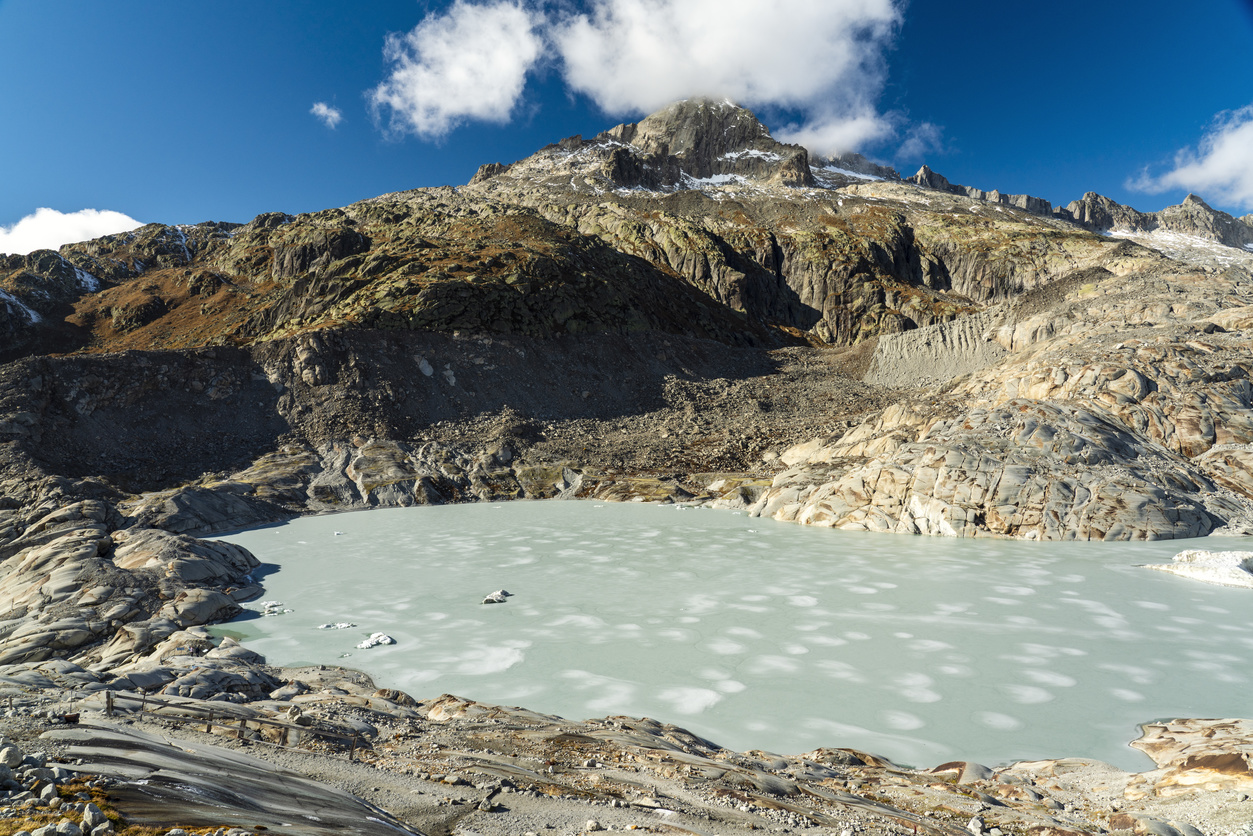
Holcim-Lafarge Leftovers Enticing to Heidelberg to CRH: Real M&A
(For a Real M&A column news alert: SALT REALMNA <GO>.)
April 21 (Bloomberg) — Once Holcim Ltd. and Lafarge SA start shedding assets across the world to complete their $40 billion merger, cement producers from Europe to the U.S. are likely to start lining up with offers.
The assets up for grabs represent about $1 billion of profits that Holcim and Lafarge, the cement industry’s two biggest companies, may siphon off to satisfy antitrust regulators in a handful of countries. While two-thirds of the asset disposals will be in Europe, analysts predict some of the cement plants and construction-aggregates businesses in the U.S. and Canada will also be divested.
Likely bidders for the North American cement plants may include Europe’s HeidelbergCement AG and Titan Cement Co., as well as Mexico’s Cemex SAB, according to Susquehanna International Group LLP. CRH Plc, an Irish company that gets half its sales from the U.S., is another logical suitor, said Thompson Research Group. For the aggregates, which are crushed rock, gravel and sand, potential buyers are Vulcan Materials Co. and Martin Marietta Materials Inc., as well as private-equity firms, depending on which cities the assets are in, the analysts said.
“Some of these are prime assets that don’t come up for sale very often, so pretty much anybody involved in the industry will be thinking about whether to pick them up,” Ian Osburn, a London-based analyst for Cantor Fitzgerald LP, said in a phone interview. “The bidding will be competitive. This merger is potentially a game-changer, so it’s going to focus a lot of minds on what the industry is going to look like.”
$1.1 Billion
Jona, Switzerland-based Holcim and Paris-based Lafarge confirmed their merger plans earlier this month after Bloomberg News first reported the discussions. The deal terms include swapping one Holcim share for one Lafarge share, valuing the transaction at about 29 billion euros ($40 billion) last week, including net debt.
In anticipation of regulators’ scrutiny, the companies plan to divest 10 percent to 15 percent of their combined earnings before interest, taxes, depreciation and amortization, which Holcim said is equivalent to about $1 billion. Besides selling assets in Europe, where the companies are based, disposals also may take place in Canada, the U.S., Brazil, India and China, said Lafarge Chief Executive Officer Bruno Lafont, who will lead the merged entity.
All of the divestitures may be valued at 7 billion euros ($9.7 billion), or about 8 times Ebitda, Harry Goad, a London- based analyst at Credit Suisse Group AG, estimated in an April 10 report.
Good Opportunity
A representative for Holcim declined to comment on the asset disposals and referred to remarks made by Holcim and Lafarge executives when the deal was announced.
“All our assets are high-quality assets, run by highly skilled teams,” Lafont said on an April 7 conference call with analysts. “This divestment plan represents a very good opportunity for potential buyers.”
Representatives for Cemex, Titan, CRH and Martin Marietta didn’t respond to requests for comment. A representative for Vulcan declined to comment.
In the U.S., Lafarge and Holcim have the third- and fourth- biggest shares of the cement market, respectively, with about 27 percent combined, according to IBISWorld Inc. The merged entity would overtake Cemex, which was previously No. 1 with 21 percent of the U.S. market. HeidelbergCement is No. 2, while Texas Industries Inc. has a 5.3 percent share and is being acquired by aggregates-maker Martin Marietta. That deal makes Martin Marietta the fifth-largest cement producer.
Regulatory Scrutiny
“If you look at where their overlap is going to be greatest, it’s the cement part of the business,” Ted Grace, a Boston-based analyst at Susquehanna, said in a phone interview. “That’s where the greatest scrutiny will be.”
Almost 16 percent of Holcim’s revenue was generated from North America last year, while 21 percent of Lafarge’s sales came from the region, according to data compiled by Bloomberg.
Holcim’s cement plant in Michigan and Lafarge’s plant in Ohio are among those that may need to be sold, according to Kathryn Thompson, CEO of Thompson Research in Nashville, Tennessee, and an analyst covering building materials. Dublin- based CRH, the third-biggest producer of both aggregates and ready-mixed concrete in the U.S., has operations in those states and is a logical buyer, she said.
HeidelbergCement and Cemex are among other possible bidders, Grace of Susquehanna said. Other large companies in the industry that may take an interest are Titan Cement in Athens, and Buzzi Unicem SpA in Casale Monferrato, Italy, he said.
Too Big
Some may be blocked from purchasing those assets, said Elizabeth Collins, a Chicago-based analyst at Morningstar Inc.
“The issue is that in the U.S., HeidelbergCement and Cemex are as large — if not larger — than Lafarge and Holcim,” Collins said in a phone interview. “So they may be limited in what they can actually buy.”
HeidelbergCement spokesman Andreas Schaller declined to comment beyond CEO Bernd Scheifele’s April 17 statement that while there were expansion possibilities, the world’s third- largest cement maker would not do any “crazy deals at crazy multiples.”
Mariangiola Fiore, a spokeswoman for Buzzi Unicem, declined to comment, saying the company is waiting until the terms of the disposals are clearly defined.
Shares of HeidelbergCement dropped 0.4 percent to 61.75 euros today, while Titan Cement rallied 8.7 percent and CRH fell 0.5 percent. American depositary receipts of Cemex rose 1.3 percent to $13, and Martin Marietta climbed 1 percent to $126.74.
Old Plant
Lafarge has a plant in New York that may be part of the disposals, though it is old and will require substantial spending to meet new environmental regulations, Thompson said.
“They’ll either have to sell it at a huge discount or shut it down,” she said in a phone interview.
Besides cement, Lafarge and Holcim also produce aggregates used to manufacture concrete and asphalt.
The aggregates businesses also may attract Vulcan, Martin Marietta, Blackstone Group LP-backed Summit Materials, private- equity firms and closely held companies, Grace said. Interest will come down to whether the aggregates assets are in fast- growing cities and near buyers’ existing operations, he said.
Peter Rose, a spokesman for New York-based Blackstone, declined to comment on whether it’s an interested buyer.
Forced Sellers
The bidders are in the driver’s seat, according to Goad of Credit Suisse. That means Holcim and Lafarge may be viewed as “forced sellers,” so they won’t get to be as picky about the sale prices, Goad wrote in his note.
They will probably be able to fetch better valuations for their U.S. assets than the European ones because Europe’s housing and construction markets aren’t rebounding as quickly, Osburn of Cantor Fitzgerald said.
“The key question for me is, what sort of prices will they get in Europe?” he said. “That’s where the real challenge is. The deal will be made or broken based on that. It may take some tough decisions in Europe.”
–With assistance from Alex Webb in Munich.
To contact the reporter on this story: Tara Lachapelle in New York at tlachapelle@bloomberg.net To contact the editors responsible for this story: Beth Williams at bewilliams@bloomberg.net Whitney Kisling


































